Art Nouveau: The Style That Made Everyday Life Beautiful
Author:
GeorgeUpdated:
27.03.2025


- Key Takeaways
- What Is Art Nouveau?
- A Style That Spread Like Wildflowers
- 1.More Than Just Art on a Wall
- 2.It Had Different Names Around the World
- 3.Why Everyone Was Obsessed
- 1.
- Signature Features of Art Nouveau
- 4.Nature-Inspired Motifs
- 5.Functional Art
- 6.Soft and Elegant Color Palettes
- 4.
- 5 Famous Art Nouveau Works You’ll Recognize
- 7.Mucha’s Theatrical Posters
- 8.Gaudí’s Sagrada Família and Casa Batlló
- 9.Klimt’s The Kiss
- 10.Louis Comfort Tiffany’s Stained Glass Lamps
- 11.Aubrey Beardsley’s Illustrations
- 7.
- What makes Art Nouveau unique?
Ever look around and feel like everything looks the same? Plain buildings, boring signs, and simple designs everywhere. It’s like the world forgot how to be beautiful.
That wasn’t the case in the late 1800s. Back then, artists and designers were tired of the same old stuff too — so they created something totally different. They brought nature, curves, and creativity into everyday things like posters, furniture, and buildings. The result? A magical, flowing style called Art Nouveau.
One of the most famous artists from that time, Gustav Klimt, said,
“The artist must not only see nature, but feel it.”
And that’s exactly what Art Nouveau was all about — turning natural beauty into design that people could live with and enjoy every day.
In this article, we’ll dive into the world of Art Nouveau — where flowers grow on windows, buildings twist like trees, and even a simple chair becomes a piece of art.
Key Takeaways
Art Nouveau was an art and design movement from the late 1800s.
It was inspired by nature, with lots of curves, flowers, and flowing lines.
The style showed up in buildings, furniture, jewelry, posters, and more.
Artists believed everyday objects should be beautiful, not just useful.
Different countries had their own versions of Art Nouveau.
The female form and natural elements were common themes.
Its soft colors and elegant shapes made it feel dreamy and unique.
Even today, Art Nouveau still influences design, art, and architecture.
What Is Art Nouveau?
Art Nouveau (which means “new art” in French) was a bold and beautiful art style that started in Europe in the late 1800s. It was all about breaking away from boring, old-fashioned styles and bringing something fresh to the world.
So, what made it special? Think of swirling lines, curvy shapes, and designs inspired by nature — like flowers, vines, insects, and flowing hair. Everything in Art Nouveau looks like it’s alive and moving.
But it wasn’t just for paintings. Artists wanted to bring beauty into everything — from posters and buildings to lamps, furniture, and even dishware. If something could be designed, they wanted to make it art.
Art Nouveau turned everyday life into a work of art — and made the world a little more magical.
A Style That Spread Like Wildflowers
Art Nouveau didn’t stay in one place — it bloomed all across Europe (and beyond) like a field of wildflowers. What started as a fresh new look quickly became a full-on design takeover.
More Than Just Art on a Wall
Art Nouveau wasn’t just a painting style — it was a full-on lifestyle. Artists and designers wanted beauty to be part of everyday life, not just something you looked at in a museum.
You could see the style everywhere: in buildings with curved balconies and floral ironwork. Also in chairs that looked like tree branches, and in jewelry shaped like butterflies or blooming flowers. Even street posters and book covers were filled with graceful lines and dreamy colors. And yes — even the fonts got fancy, with letters that curled and flowed like vines.
Art Nouveau touched almost everything — from the way people decorated their homes to the way cities looked. It blurred the line between art and life, and that’s what made it feel so exciting and new.
It Had Different Names Around the World
Art Nouveau didn’t just spread — it changed slightly depending on where it landed. Different countries gave it different names, adding their own local twist:
- Germany called it Jugendstil, meaning “Youth Style,” focusing on fresh, modern design.
- Spain embraced it as Modernisme, especially in Barcelona, where architects like Gaudí made it iconic.
- Italy used the term Stile Liberty, inspired by the elegant and decorative look of the movement.
- Austria had the Secession style, led by artists who wanted to break free from traditional rules.
No matter what it was called, the core idea stayed the same: make art that feels alive and connected to the world around us.
Why Everyone Was Obsessed
People were excited about the modern world — electricity, machines, fast-growing cities. But at the same time, many felt overwhelmed by how industrial and lifeless things were starting to look.
Art Nouveau felt like the perfect solution. It mixed new technology with old-world beauty. It reminded people of nature, dreams, and emotion — in a world that was speeding up. That’s why it caught on so quickly, from street posters to the very walls of people’s homes.

Signature Features of Art Nouveau
Art Nouveau had a look—and a feeling—that set it apart from everything that came before. It was soft, fluid, and full of movement. At the heart of it all were curving, sinuous lines that seemed to grow across a surface like vines. These lines weren’t just decorative—they created rhythm, leading the eye in smooth, natural motion. Whether on a poster, a gate, or a staircase, the effect was the same: elegant, organic flow.
Nature-Inspired Motifs
Nature wasn’t just inspiration—it was the foundation. Flowers, leaves, dragonflies, butterflies, and birds appeared everywhere, often tangled together in intricate compositions. The female form played a central role too, usually depicted with long, flowing hair and a calm, dreamlike expression. She didn’t stand apart from the environment—she was part of it. She blended into the vines and blossoms, as if nature and humanity were one.
Functional Art
One of Art Nouveau’s most revolutionary ideas was that art shouldn't be limited to galleries. Beauty, the artists believed, belonged in everyday life. That meant designing furniture, lighting, wallpaper, jewelry, and even book covers with the same care and artistry as a painting. The style embraced craftsmanship and detail in all forms. It turned practical objects into things of wonder.
Soft and Elegant Color Palettes
The colors of Art Nouveau added to its dreamlike quality, similar to surrealist painting. Artists favored soft, muted tones—dusty pinks, pale greens, creamy ivories, and faded blues. Gold was often used for warmth and shine, but always with restraint. The palettes felt balanced and harmonious, never loud. They echo the gentle curves and natural themes that defined the movement.
5 Famous Art Nouveau Works You’ll Recognize
Art Nouveau made its mark everywhere—from posters and paintings to buildings and everyday objects. Even if you don’t know the names behind them, chances are you’ve seen these works before. They’re bold, intricate, and instantly recognizable, full of flowing lines, nature-inspired shapes, and surreal beauty. Here’s a closer look at some of the movement’s most iconic creations—and what makes them unforgettable.
Mucha’s Theatrical Posters
Alphonse Mucha’s posters aren’t just advertisements—they're enchantments in ink and pastel. Created in the late 1890s and early 1900s, especially for famed actress Sarah Bernhardt, these works capture the ethereal spirit of Art Nouveau like no other. Picture a woman with flowing, almost liquid hair, wrapped in patterned robes, standing beneath a halo of flowers or celestial motifs.

In Gismonda, Bernhardt is portrayed as a serene icon, with Byzantine-inspired details and an elongated form that seems to float. The borders are delicate but elaborate, framing the central figure like stained glass. Mucha’s palette—dusty roses, pale greens, shimmering golds—feels as soft as velvet. These images gave the ordinary streets of Paris a touch of the divine.
Gaudí’s Sagrada Família and Casa Batlló
Antoni Gaudí brought Art Nouveau into three dimensions—and then twisted it into something wildly his own. The Sagrada Família is a cathedral that defies logic: its spires rise like molten sand towers, carved with scenes from the life of Christ and topped with bright mosaic fruits. Step inside and you’re standing in a forest of stone, where columns branch like trees and the stained glass windows send multicolored light scattering across the floors like a kaleidoscope.

Across town, Casa Batlló looks like a building made of sea foam and bone. The facade is a shimmering patchwork of blue and green tiles, balconies curve like carnival masks, and the rooftop—scaly and arched—suggests the spine of a sleeping dragon. Every inch of Gaudí’s work breathes, pulses, and sways with nature’s rhythm.
Klimt’s The Kiss
Few paintings capture intimacy like Gustav Klimt’s The Kiss. Created at the height of his “Golden Phase,” this oil painting shows two lovers locked in a timeless embrace, their forms almost disappearing into a luminous tapestry of gold leaf. He’s draped in rectangles and bold patterns; she’s wrapped in floral motifs, soft and organic. Her closed eyes and peaceful expression tell you everything—this is love as sanctuary.

The background offers no setting, only a golden void, suggesting that the moment exists outside of space and time. It’s at once sensual and spiritual, ornamental and emotional—a perfect crystallization of Art Nouveau’s fascination with beauty, symbolism, and transcendence.
Louis Comfort Tiffany’s Stained Glass Lamps
Across the Atlantic, American artist Louis Comfort Tiffany brought the Art Nouveau spirit into everyday interiors. His stained glass lamps are iconic—those rich, glowing shades crafted from pieces of iridescent glass, fitted together like dragonfly wings or blooming flowers.

One of the most famous designs, the Dragonfly Lamp, features jewel-toned blues and greens, delicate filigree, and a base that mimics natural roots or tree trunks. When lit, they emit a warm, otherworldly glow—less like a lamp, more like a luminous sculpture. Tiffany’s work brought art into function. It proved that beauty could live comfortably in the home.
Aubrey Beardsley’s Illustrations
Dark, elegant, and wildly stylized, Aubrey Beardsley’s black-and-white ink drawings became a symbol of fin-de-siècle decadence. His illustrations for Salome (Oscar Wilde’s controversial play) are especially famous: elongated figures, swirling drapery, and stark contrasts of light and shadow, all charged with erotic tension.

Beardsley stripped Art Nouveau down to its essentials—curves, drama, and ornamentation—while giving it a gothic twist. Even without color, his work drips with atmosphere.
What makes Art Nouveau unique?
Art Nouveau has a look that’s hard to forget — full of graceful movement, soft curves, and a deep connection to nature. One of its most recognizable features is the use of flowing, sinuous lines that twist and turn like vines. These lines show up in everything from iron gates to illustrations. They create a sense of rhythm and elegance.
The movement took tons of inspiration from the natural world. Flowers, leaves, birds, dragonflies, and even seashells were common motifs. The female form was also a big part of the style. It was often shown with long, wavy hair and a calm, dreamy presence. The female form blended into the design like she was part of nature itself.
Another key feature of Art Nouveau is its belief that beauty belongs everywhere, not just in museums. Artists used the style to design buildings, furniture, glassware, wallpaper, and even light fixtures — anything that could be made beautiful, was. Color-wise, Art Nouveau leaned toward soft, muted tones like dusty pinks, pale greens, gentle blues, and hints of gold. They were all used together to create a sense of harmony and calm.
Why We Still Love It
Even though Art Nouveau began over a century ago, it still feels fresh, inspiring, and full of life. Maybe that’s because it never tried to follow strict rules — it simply celebrated beauty, nature, and the idea that art should be part of everything we do. From a building to a teacup, it made everyday life feel more magical.
At its heart, Art Nouveau reminds us that creativity isn’t just for galleries or museums. It can live in the spaces we walk through, the objects we use, and the designs we surround ourselves with.
As Antoni Gaudí once said,
“To create is to breathe.”
And that spirit — of turning the ordinary into something extraordinary — is exactly why we still love Art Nouveau today.
Frequently Asked Questions
What is the difference between Art Nouveau and Art Deco?
Art Nouveau is organic, flowing, and inspired by nature—full of curves, floral patterns, and natural forms. Art Deco, which came after, is geometric, bold, and modern, often using symmetry, metallics, and streamlined design.
Is Gustav Klimt Art Nouveau?
Yes, Gustav Klimt is considered a key figure in the Art Nouveau movement, particularly in the Vienna Secession style. His use of gold, flowing forms, and sensual imagery perfectly captures the spirit of the era.
What are the key ideas of Art Nouveau?
Art Nouveau celebrated natural forms, unity between art and design, and the idea that beauty should be part of everyday life. It blurred the line between fine art and functional design.
Who is the father of Art Nouveau?
Many consider Victor Horta, a Belgian architect, the father of Art Nouveau for his groundbreaking work in architecture. However, Alphonse Mucha is also widely recognized for shaping the movement through his iconic poster art.
What is the Art Nouveau capital of the world?
Brussels is often called the capital of Art Nouveau, thanks to its rich collection of buildings by architects like Victor Horta. Other cities like Paris, Prague, and Barcelona also have strong ties to the movement.
George, CEO of Photo2painting, is a passionate art lover and entrepreneur. He founded Photo2painting.com from scratch, inspired by his artist friends. As the company's CMO, he manages content and marketing.
Excellent Customer Reviews















































































































































